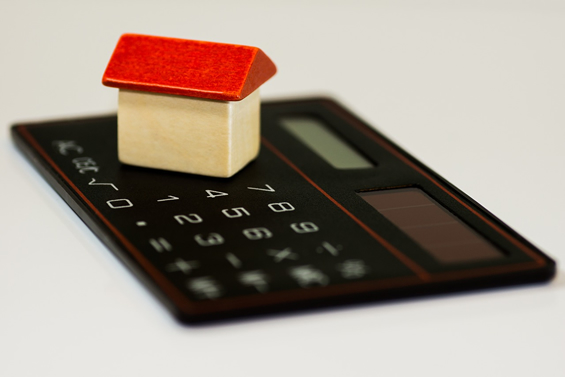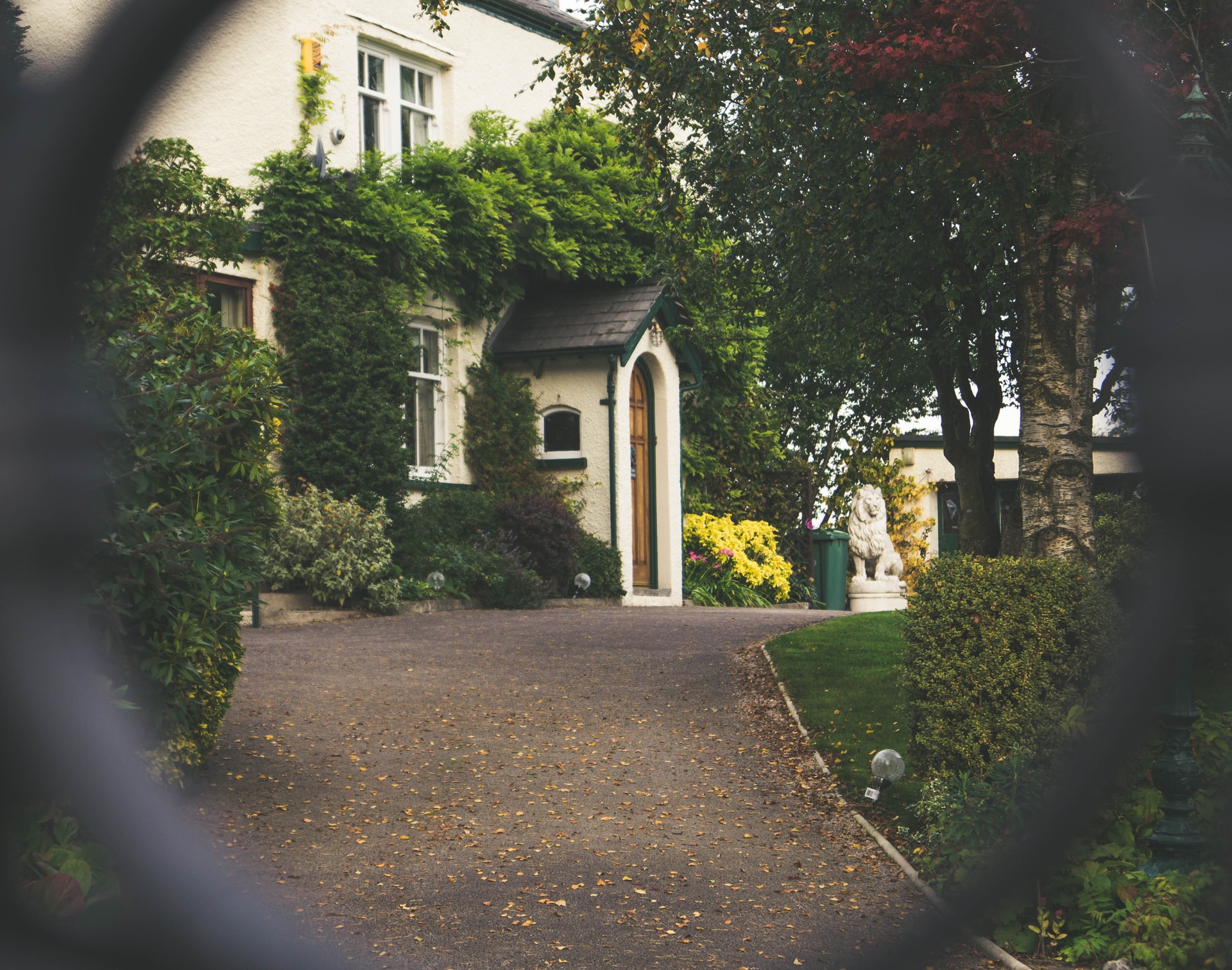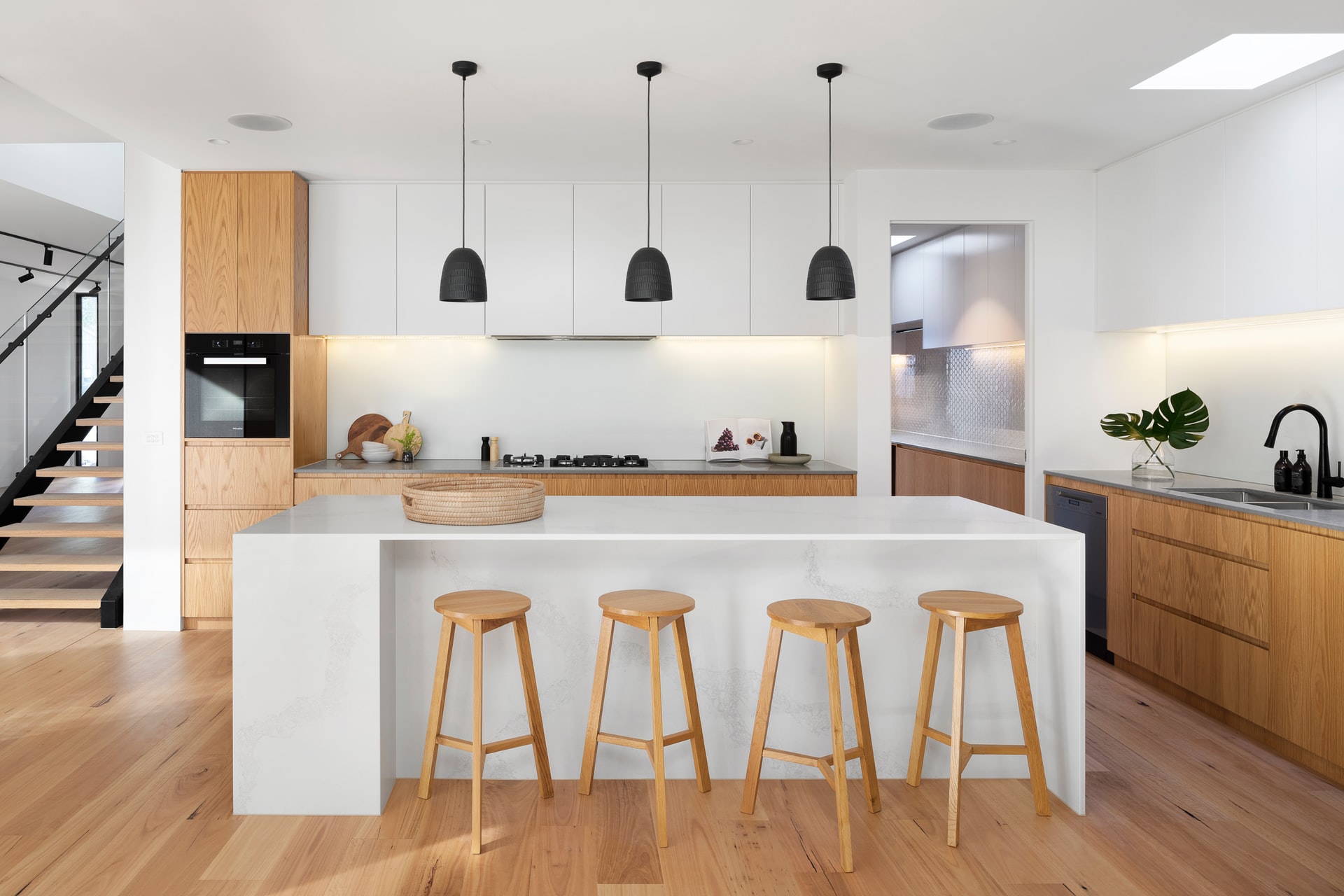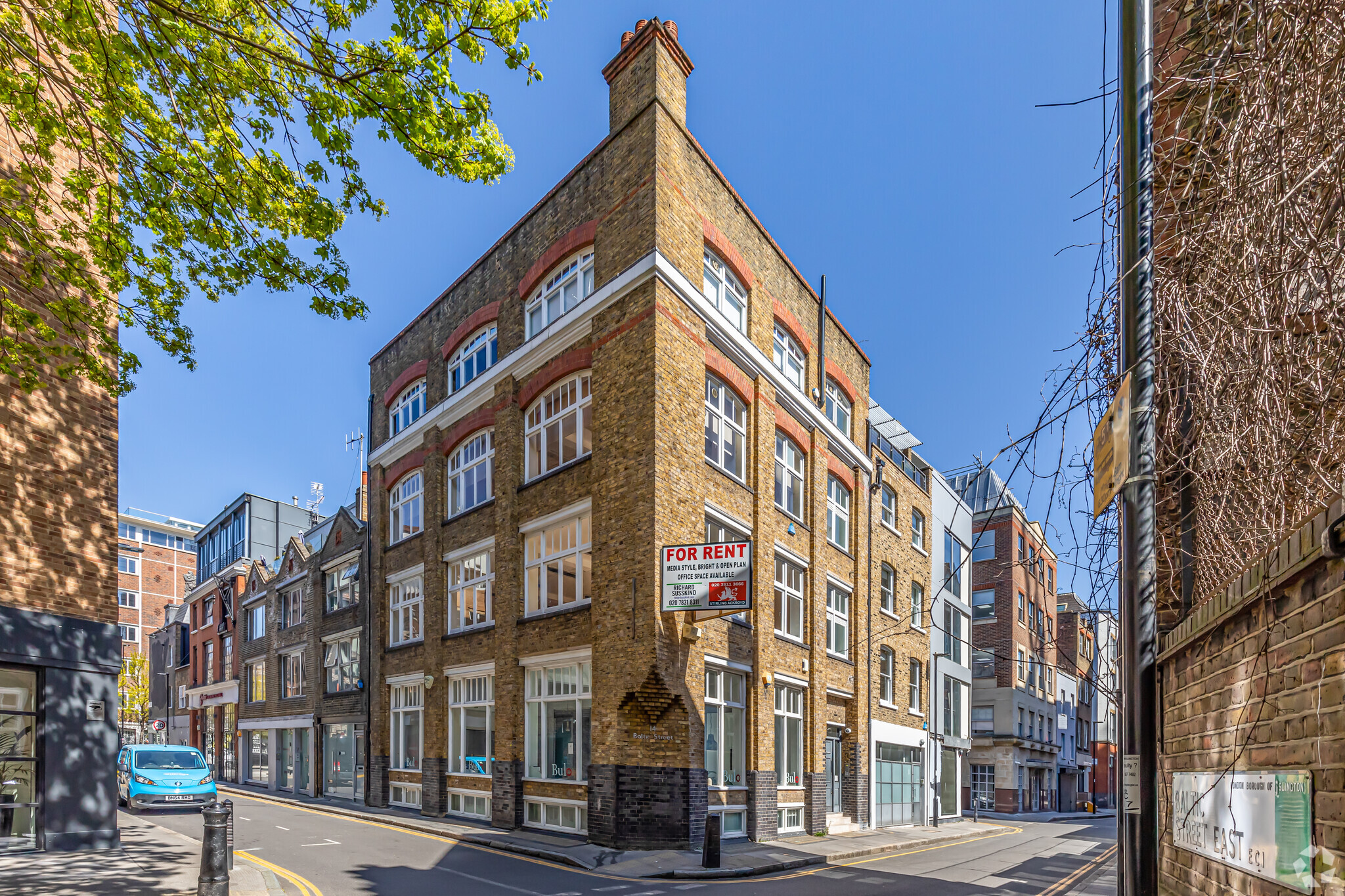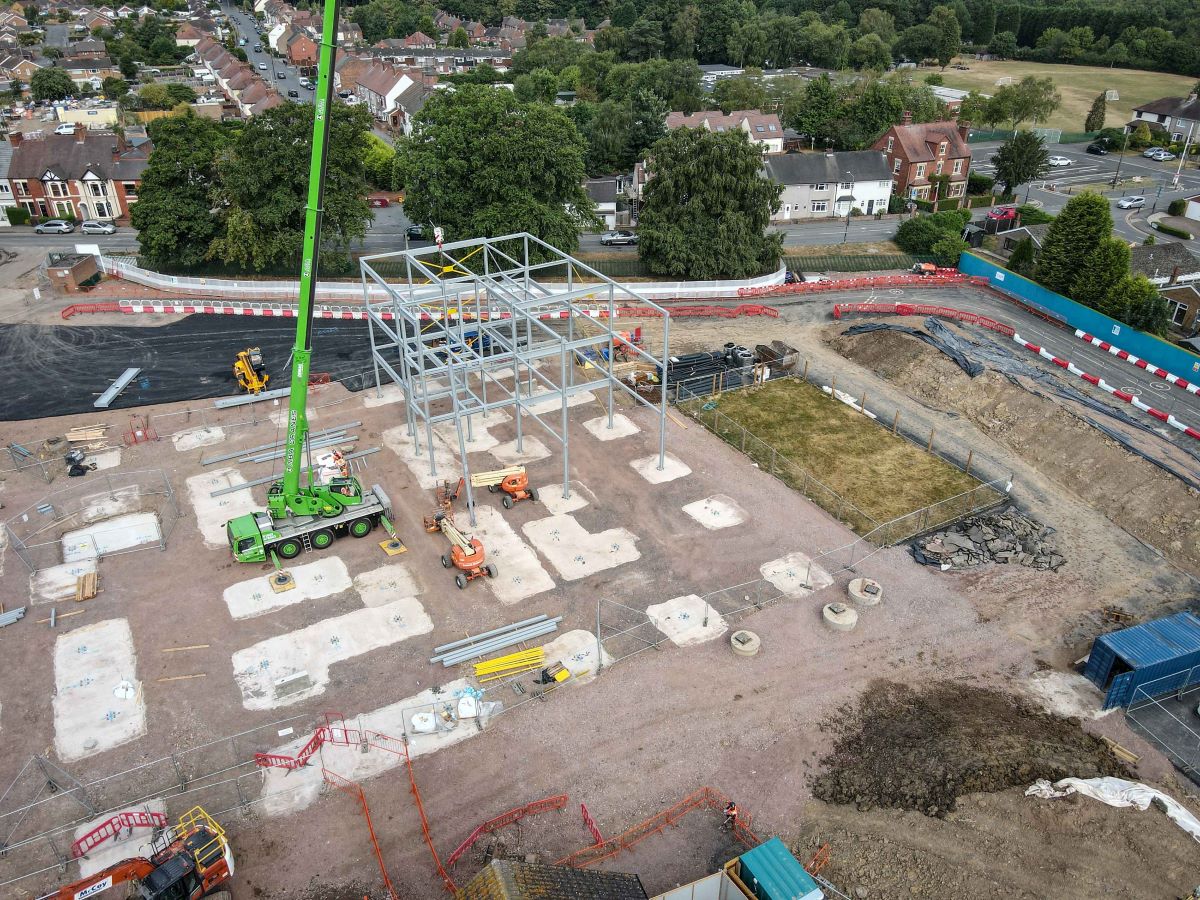The most common type of mortgage is the fixed-rate mortgage, where the interest rate remains constant for the life of the loan. However, some homebuyers opt for an adjustable-rate mortgage (ARM), which has a lower interest rate for a set period of time before it adjusts upward. So, which type of mortgage is right for you?
There are a few factors to consider when deciding between an ARM and a fixed-rate mortgage. First, how long do you plan on staying in your home? If you think you may move within the next few years, an ARM could be a good option since you’ll save on interest payments in the short-term. However, if you plan on staying in your home for the long haul, a fixed-rate mortgage will give you peace of mind knowing that your interest rate will never increase.
Another factor to consider is your financial situation. If you think you may need to refinance or sell your home before the ARM’s interest rate adjusts, it’s probably not the best option. On the other hand, if you’re confident you can afford the higher payments that will come with an ARM, it could be a good way to save money in the short-term.
If you’re considering an adjustable-rate mortgage (ARM), then it’s important to understand how they work. An ARM is a type of mortgage that has an interest rate that can change over time. The interest rate on an ARM is usually lower than the interest rate on a fixed-rate mortgage, at least at first. But after the introductory period, the interest rate on an ARM can increase.
Adjustable rate mortgages
An adjustable-rate mortgage (ARM) is a type of mortgage that has an interest rate that can change over time. The interest rate on an ARM is usually lower than the interest rate on a fixed-rate mortgage, at least at first. But after the introductory period, the interest rate on an ARM can increase.
An adjustable-rate mortgage works by giving you a lower interest rate for a set period of time, usually five years. After that, your interest rate can go up or down based on market conditions and other factors.
The biggest benefit of an ARM is that you can get a lower interest rate than you would with a fixed-rate mortgage. This can save you money over time, particularly if interest rates go up after you get your mortgage.
The biggest risk of an ARM is that your interest rate could go up after the introductory period. This would increase your monthly payment and make it harder to afford your mortgage. You should only get an ARM if you’re prepared for the possibility of a higher interest rate in the future.
Fixed-rate mortgages
The payments stay constant over the life of the loan, so you can budget accordingly. This type of mortgage is a good choice for borrowers who want stability and predictability in their monthly payments.
There are different types of fixed-rate mortgages, including conventional loans, FHA loans, VA loans, and USDA loans. You can choose a shorter term loan with a higher interest rate, or a longer term loan with a lower interest rate. Your choice will depend on your personal financial situation and goals.
If you’re thinking of getting a fixed-rate mortgage, compare offers from multiple lenders to get the best interest rate and terms for your situation. Be sure to ask about fees and closing costs, as these can add up.
Making a decision
Ultimately, the decision between an ARM and a fixed-rate mortgage comes down to your personal circumstances. If you’re not sure which type of mortgage is right for you, it’s always a good idea to speak with a financial advisor to get expert advice.

